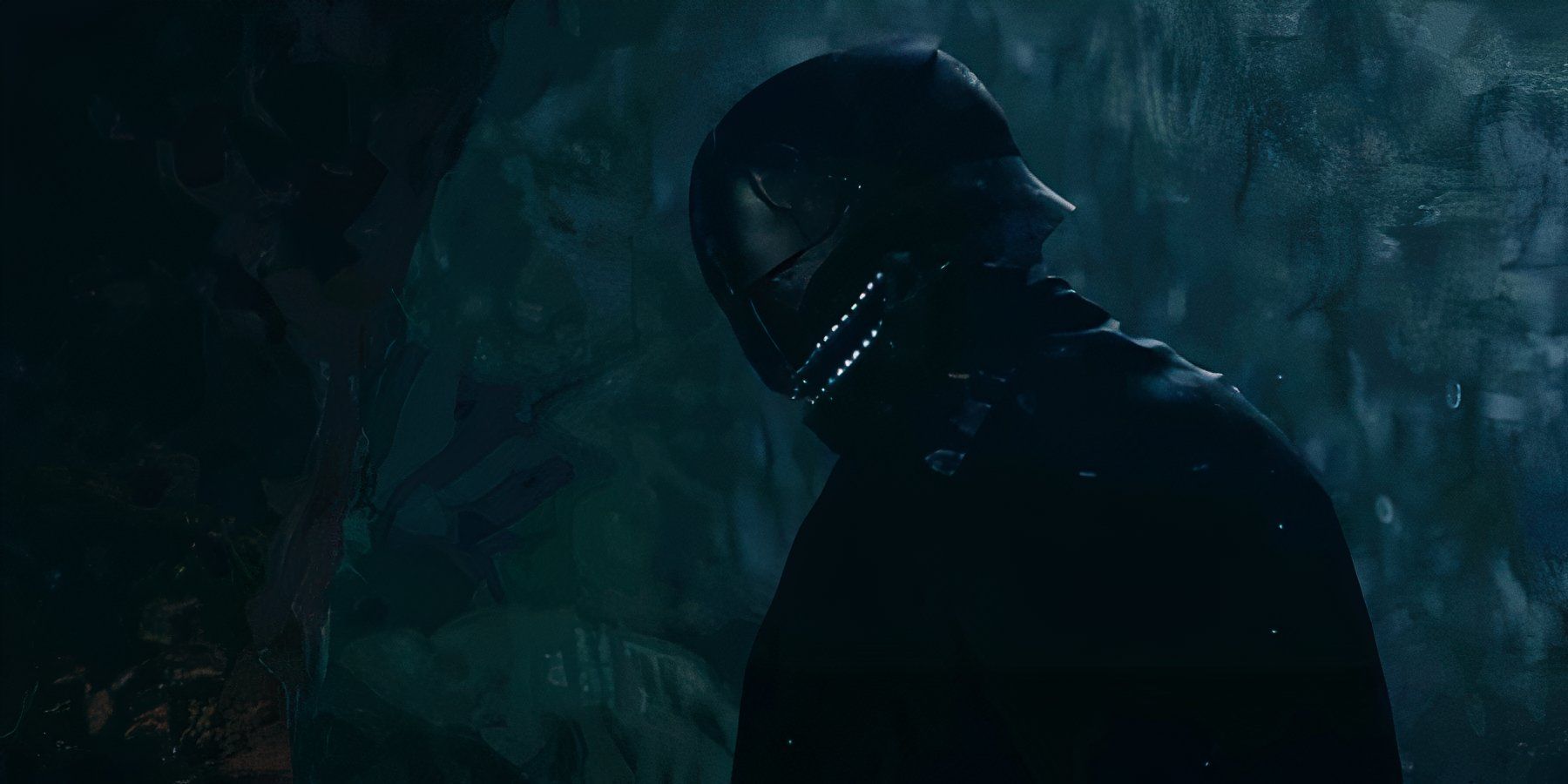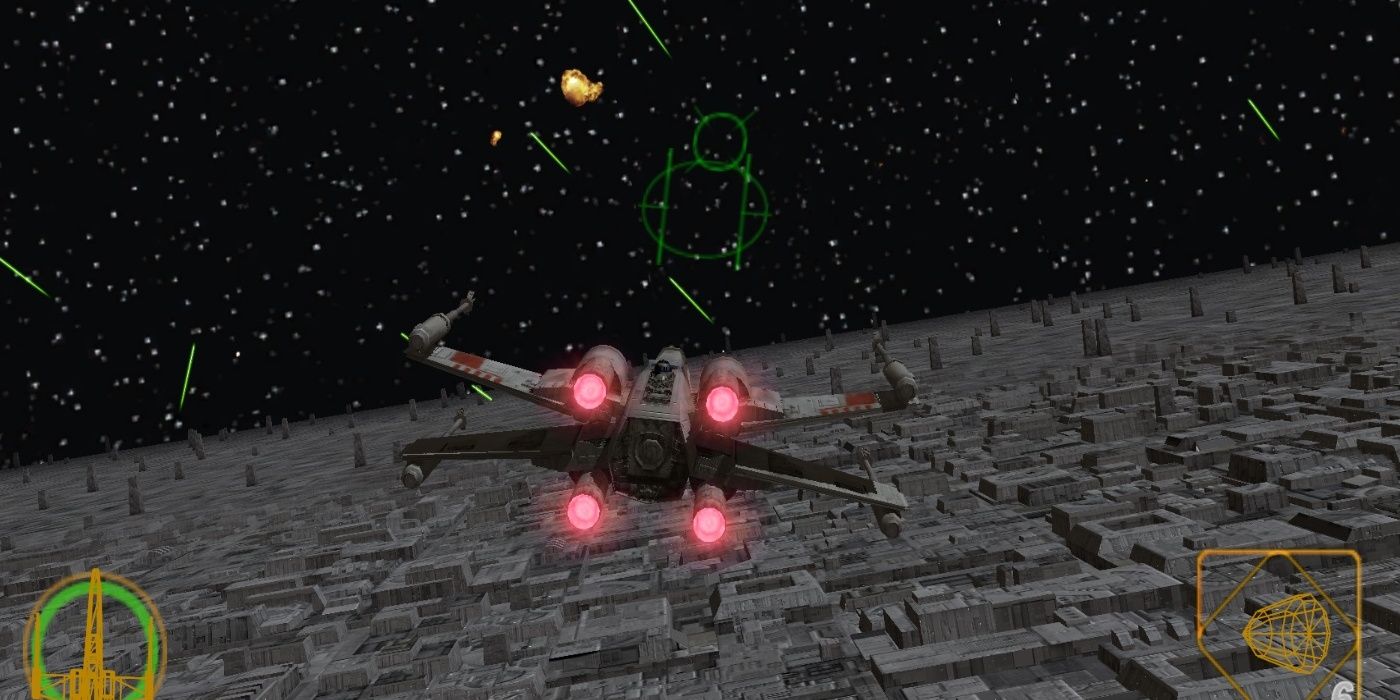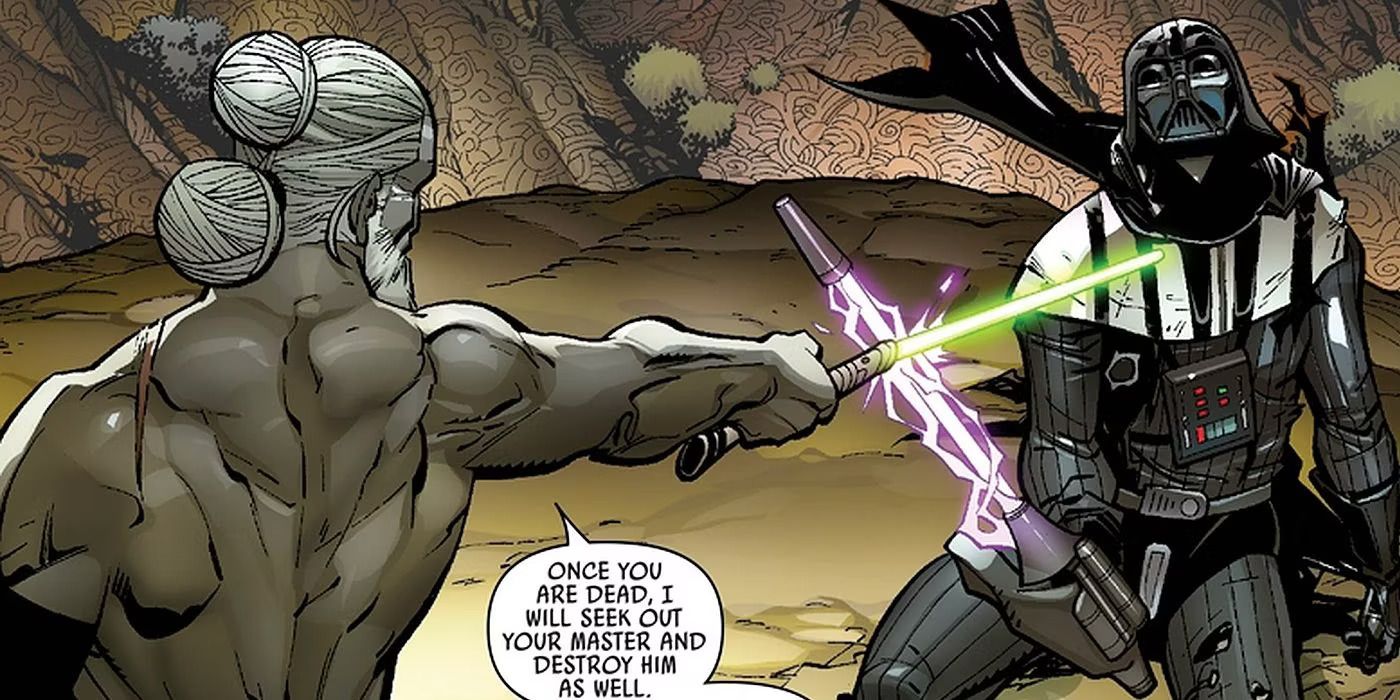The Star Wars universe is massive. There are enough shows, movies, books, games, and comics to fill a fan's waking hours for a decade. Most who enjoy Star Wars experience it on the same reasonable level. This can lead to sudden surprises when something from a novel or a tabletop game from 20 or 30 years ago pops into the movies or shows. Cortosis, a mysterious metal that can short out lightsabers, popped into The Acolyte, prompting a deeper look at the element's history.
The lightsaber is an excellent weapon. George Lucas borrowed a bit from Gordon R. Dickson and Harry Harrison to create the perfect Excalibur for his new hero. In the decades since Luke picked up his first blade, the lightsaber has remained the most iconic symbol of the franchise. Fans have seen dozens of lightsaber duels and all-out wars with hundreds of warriors. Every hardcore devotee knows the mechanics behind the iconic weapons of the Jedi and the Sith. That ensures that any new development shocks the world.
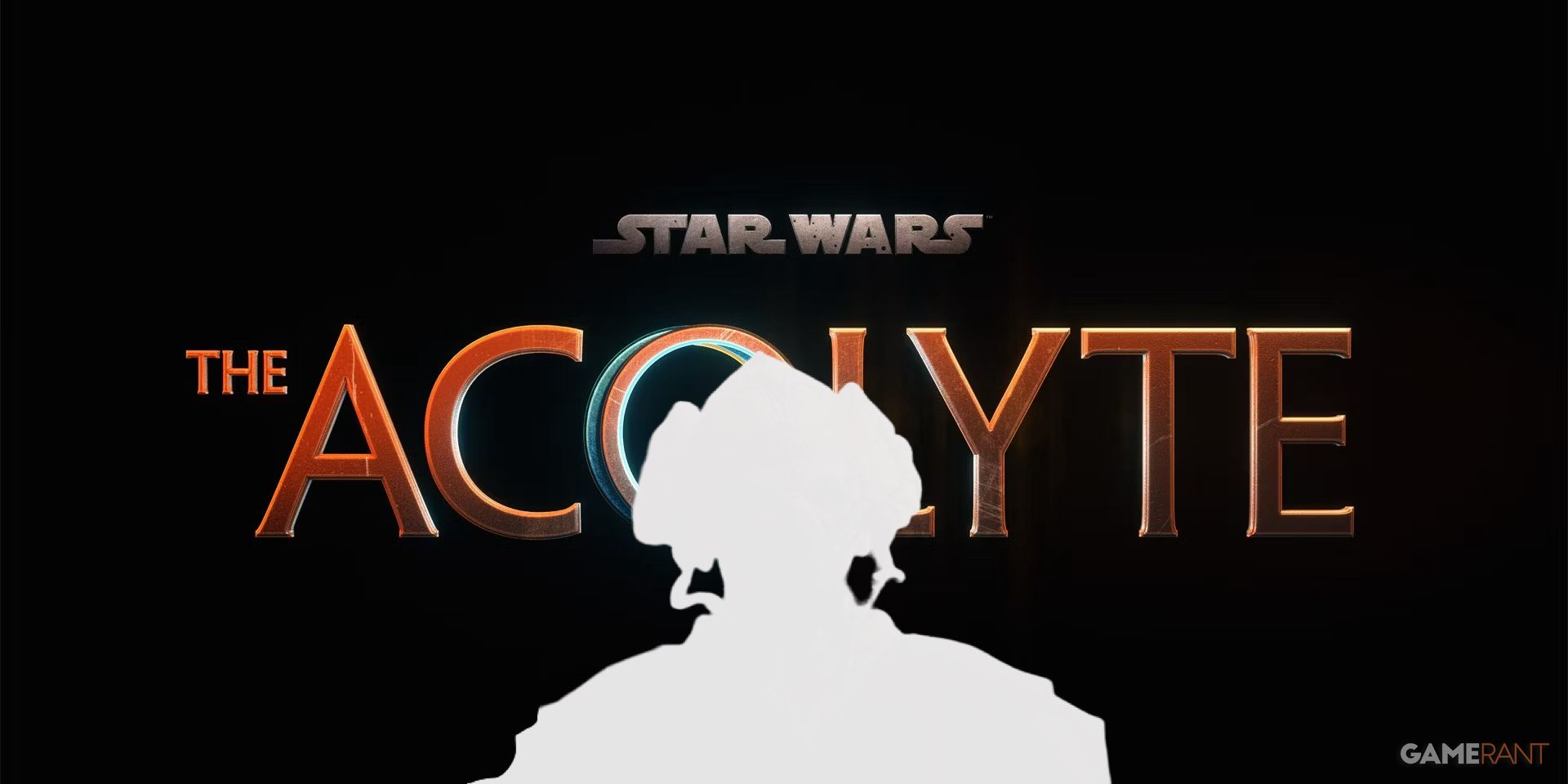
Star Wars Sets the Record Straight on Sequel Cameo Confusion in The Acolyte
Star Wars fans were speculating about a potential cameo in The Acolyte, but the issue has officially been cleared up.
What is Cortosis in Star Wars?
Cortosis is a rare and extremely unique metal with unique properties. Mining operations on the planets Mokivj and Dinzo seem to be the only places to acquire cortosis. Cortosis is very fibrous and highly conductive, exhibiting the ability to absorb and transfer immense quantities of energy. The most conductive metal in real life is silver, which is why most electrical contacts include it. Cortosis far exceeds any earth-bound metal in conductivity. Cortosis can absorb and dissipate a blaster bolt upon contact. When a lightsaber hits cortosis, its impact seems to disperse the blade's energy. This reaction is so violent that most lightsabers briefly short out and deactivate. Few materials in the galaxy can block a lightsaber, let alone turn it off, making Cortosis a highly sought-after resource for those who find themselves fighting Jedi.
Cortosis only comes up a few times in the modern canon or the old-fashioned Legends continuity. Here's a short list of some of the characters known to use cortosis:
- The Stranger/Qimir: The Acolyte's Sith Lord brought cortosis to the small screen in his recent lightsaber battle. His helmet and gauntlet are made from cortosis, allowing him to block lightsaber strikes from his enemies. He also canonizes the new idea of cortosis headgear protecting the wearer's mind from psychic intrusions. Qimir pushes beyond the old method of simply blocking lightsabers and actively uses punches and headbutts to deactivate his enemy's weapons.
- The Ascendant: This Dark Side cult sought to capture the power of the Sith without wielding the Force. They relied on advanced technology that could match and overpower traditional methods. Miril, the leader of the Ascendant, forged a cortosis sword called the Null Blade, which could deactivate a lightsaber. Unfortunately, the weapon couldn't survive contact with a lightsaber, leaving both blades inactive after a clash. The Sith slaughtered the Ascendant, but their AI later possessed a doctor and forced her to wield the Null Blade. She attacked Darth Vader, who quickly ended the fight by separating her from the AI's influence.
- The CIS: Before the Empire took over, Count Dooku and Darth Sidious intended to create cortosis battle droids. They would have been the central army of Order 66. Padme and Anakin discovered the scheme and bombed the factories before they could construct these droids.
- Mandalorians: These proud warriors frequently faced Jedi in conflict, prompting them to weave cortosis into many of their finest suits of armor.
- Denetrius Vidian: A cyborg businessman opted for a cortosis-weave skin graft, which absorbed a blaster bolt and saved his life.
Where did Cortosis first appear?
Cortosis first appeared in Michael A. Stackpole's 1998 Star Wars novel I, Jedi. The story is deep in the Legends continuity, and therefore no longer canon. It ties into Stackpole's previous X-Wing Rogue Squadron comic series and Kevin J. Anderson's Jedi Academy Trilogy. The Legends continuity was a little divided over how cortosis worked. Some depictions show it repelling lightsaber blades like beskar steel does in modern Star Wars stories. I, Jedi introduced the idea in the same way it works today. Cortosis deactivates lightsabers, making it an impossibly immense threat in the Legends continuity. That raises another unique question.
Why don't people use Cortosis more often?
The obvious answer as to why cortosis doesn't pop up more often in Star Wars is that it's extremely rare. There simply isn't enough to go around. It only appears to occur naturally on two planets in the massive galaxy. Mining cortosis is difficult, expensive, and extremely dangerous. In the Legends continuity, cortosis required a thorough refinement process before it could be used. Those stories suggest that unrefined cortosis is heavily electrically charged, making it potentially deadly to touch. Cortosis is also far less practical than any other source of armor. While its unique fibrous structure allows it to disperse energy, cortosis is extremely brittle when it comes to physical force. Most cortosis armor is an alloy, mesh, or weave with other, more durable substances. Cortosis is rare, expensive, dangerous, and terrible at blocking anything that isn't a lightsaber.
Cortosis is a fascinating material that changes the way people fight Jedi. While it may seem to make The Acolyte's Stranger somewhat unbeatable, most cortosis users find themselves struggling to compete with the Force. The added element of the Stranger's helmet blocking out psychic attacks adds another interesting power to this rare material. Cortosis might not appear very often, but it's a solid counter to the mightiest weapon in the galaxy.
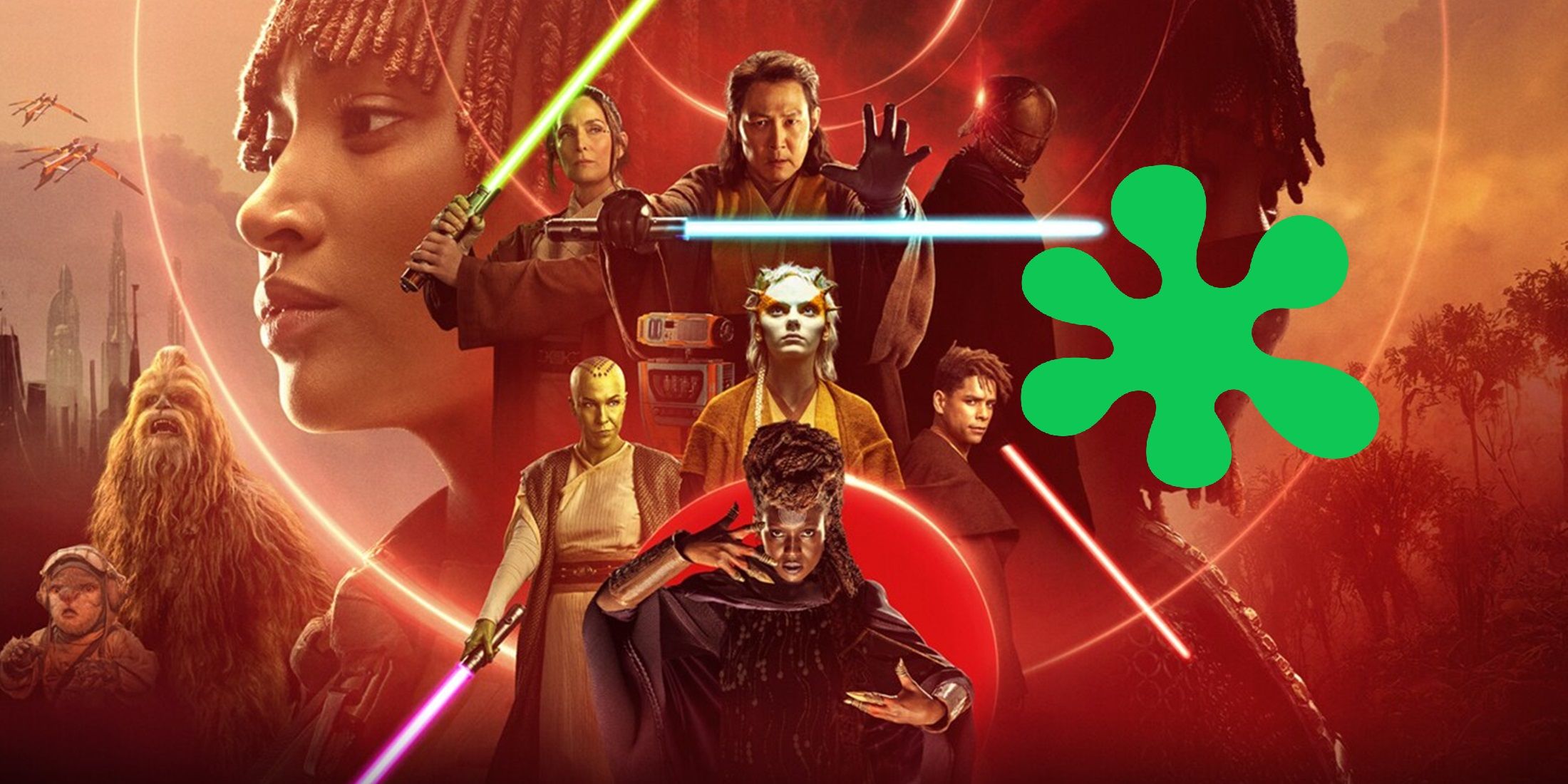
Why Do Star Wars Fans Dislike The Acolyte So Much?
The Acolyte has been met with positive reviews from critics, but lukewarm reactions from Star Wars fans. The series doesn't appear to be making as big of a splash as other Star Wars projects, so what is it that makes the fans dislike the series so much?



